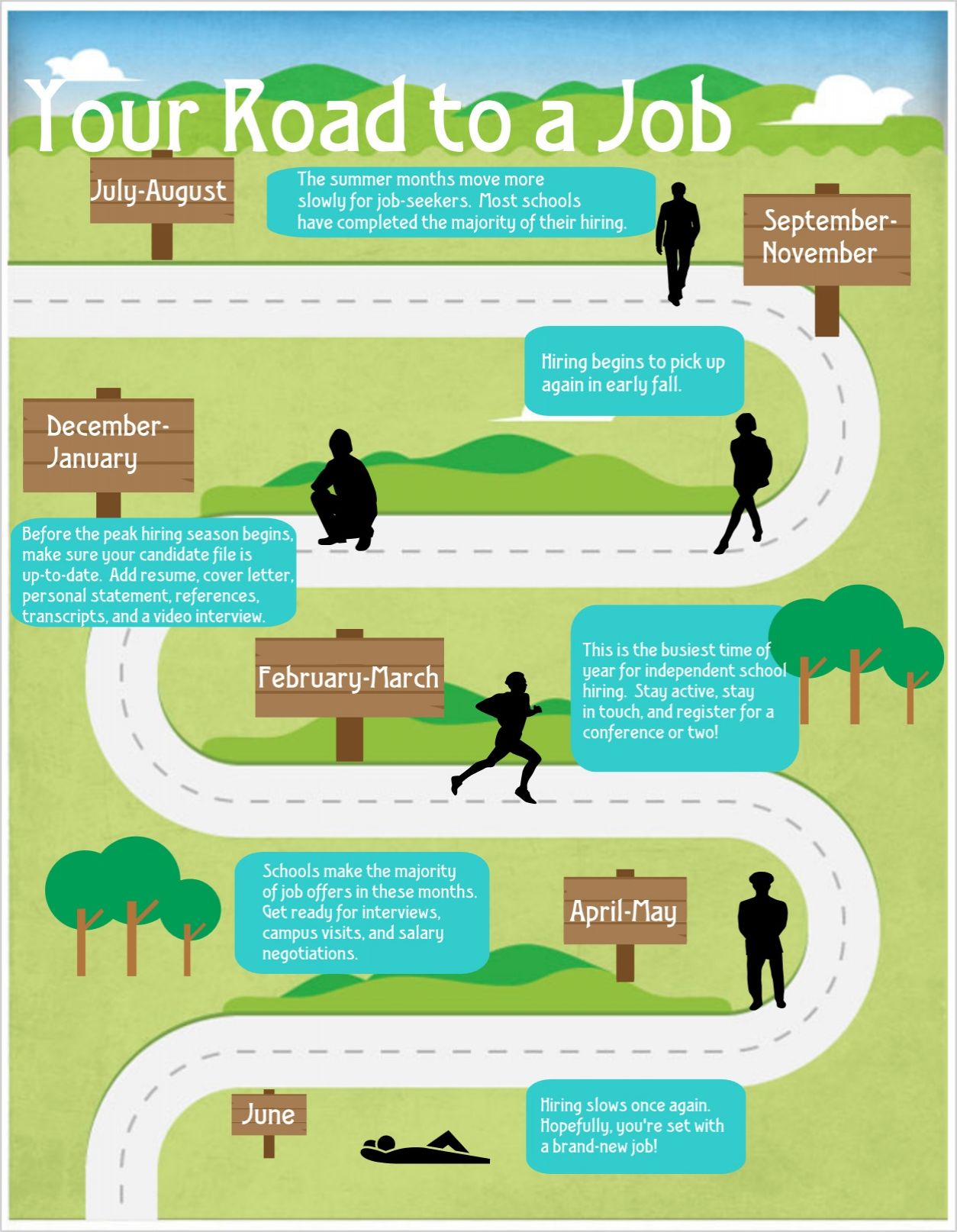DDLG Lifestyle: Understanding the Dynamics and Boundaries
Understand the DDL lifestyle
The DDL lifestyle, which stand for daddy DOM / little girl, represent a specific relationship dynamic within the broader BDSM community. This lifestyle involves a consensual power exchange relationship where one partner take on a nurturing, protective role (the daddy DOM), while the other embrace a more childlike, innocent persona (the little). Despite common misconceptions, DDL relationships are build on mutual consent, respect, and clear communication between adults.
Core elements of DDL dynamics
At its foundation, DDL involve several key components that distinguish it from other relationship styles:
Power exchange
The central aspect of DDL is the consensual power exchange between partners. The daddy dDOMtypically assume a guide, protective role, make decisions and provide structure, while the little volitionally surrender certain control. This exchange is nnegotiatedand agree upon by both parties and can vary importantly between relationships.

Source: statelesshomesteading.com
Age regression
Many little practice age regression, a psychological state where they temporarily adopt behaviors, speech patterns, and interests associate with younger ages. This regression can be therapeutic, allow individuals to process emotions, reduce stress, or only enjoy a carefree mindset. It’s important to note that this regression is not permanent and llittle scanmove between their adult and little mindsets.
Nurture and care
DDL relationships frequently emphasize nurture behaviors. The daddy dDOMmay provide guidance, emotional support, and structure through rules and rewards. This can include help with daily tasks, offer praise and encouragement, or provide comfort during difficult times. The nurture aspect ccreatesa safe space for the little to express vulnerability.
Common misconceptions about DDL
The DDL lifestyle is often misunderstood, lead to several persistent misconceptions:
Confusion with age relate attractions
May hap thewell-nighh damaging misconception is thatDDLg involve attraction to minors. This is unconditionally false. DDL relationships occur solely between consent adults who are rrole-playwithin agree boundaries. The attraction is to the dynamic and the personality traits express, not to actual children.
Assumption of constant roles
Another common misunderstanding is that participants remain in their roles invariably. In reality, most people who practice DDL move fluidly between their little or daddy dDOMpersonas and their everyday adult identities. Many reserve role dynamics for private settings or specific agree upon times.
Perceive inequality
Some outsiders view DDL relationships as inherently unequal or potentially abusive. Withal, healthy dDDLdynamics are build on mutual respect, consent, and open communication. Both partners have equal worth and agency in the relationship, irrespective of the power exchange dynamic they choose to practice.
Establish boundaries in DDL relationships
Clear boundaries are essential for any healthy relationship, especially in DDL dynamics where power exchange is iinvolved
Communication practices
Open, honest communication from the foundation of healthy DDL relationships. Partners should discuss their expectations, desires, limits, and concerns ooutsidetheir roles. Many couples use techniques like:
- Regular check ins about comfort levels with current dynamics
- Safe words to instantly pause or end role activities
- Distinction between” in role ” nd “” t of role ” ” versations
- Write agreements or contracts outline boundaries and expectations
Consent and negotiation
Every aspect of a DDL relationship should be consensually nnegotiated This includes:
- The specific roles each partner will take
- Acceptable forms of discipline or structure
- When and where role dynamics will be will express
- How decisions will be made within the relationship
These negotiations should happen regularly as needs and comfort levels may change over time.
Balancing power dynamics
While DDL involve power exchange, maintain a healthy balance is crucial. This might include:
- Ensure the little has input into rules and expectations
- Create mechanisms for feedback about the dynamic
- Recognize when to step out of roles for serious discussions
- Understand that consent can be withdrawn at any time
DDL activities and practices
DDL relationships can incorporate various activities that reinforce the dynamic:
Caregiving activities
Many DDL relationships include ccaregiverelements such as:
- Establish routines like bedtimes or meal schedules
- Provide guidance on self-care or daily tasks
- Offer comfort during stressful situations
- Create a safe environment for emotional expression
Little space activities
” lLittlespace ” efer to the mindset a little enters when engage with their younger persona. Activities might include:
- Color, craft, or play with toys
- Watch cartoons or children’s movies
- Speak in a more childlike manner
- Wear clothing that help facilitate the little mindset
Rules and structure
Many DDL relationships incorporate rules and structure, which can provide:
- A framework for healthy habits and self-improvement
- Clear expectations for both partners
- Opportunities for positive reinforcement and growth
- A sense of security and consistency
Find community and support
For those interested in or practice DDL, find community can be valuable:
Online communities
Numerous online platforms offer spaces for DDL practitioners to connect, include:
- Dedicated forums and discussion groups
- Social media communities with privacy controls
- Educational websites with resources about healthy dynamics
When engage online, maintain privacy and security is essential.
In person events and munches
Some areas have in person gatherings for those in alternative relationship styles:
- ” mMunches” asual, non play social gatherings in public places
- BDSM or kink conventions with educational workshops
- Support groups focus on healthy power exchange dynamics
Educational resources
Learn about DDL can help practitioners develop healthy dynamics:
- Books on power exchange relationships and communication
- Workshops on consent and boundary set
- Articles write by experienced community members
Navigate challenges in DDL relationships
Like any relationship style, DDL dynamics can face unique challenges:
External judgment and stigma
Many DDL practitioners face misunderstanding or judgment from others. Strategies for handle this iincludes
- Decide cautiously who to disclose relationship dynamics to
- Prepare simple, educational responses to misconceptions
- Connect with supportive communities who understand the lifestyle
- Focus on the health and happiness within the relationship
Maintain healthy separation
It’s important to maintain distinction between roles and responsibilities:
- Separate DDL dynamics from important life decisions
- Ensure the little maintains adult agency in appropriate contexts
- Prevent role dynamics from interfere with career or other relationships
- Recognize when to step out of roles for serious discussions
Emotional management
The intense emotional connection in DDL relationships require careful management:
- Develop strategies for transition between little space and adult mindsets
- Work through feelings of vulnerability that may arise
- Manage the responsibility the daddy DOM role carry
- Address any past traumas that might surface through the dynamic
DDL and mental health
The relationship between DDL and mental health is complex and individualized:
Therapeutic aspects
For some practitioners, DDL can have therapeutic elements:
- Provide a safe space for emotional processing
- Offer structure that reduce anxiety
- Create opportunities for positive reinforcement and self-improvement
- Allow expression of needs that might differently go unmet
Professional support
Some considerations regard therapy and DDL include:
- Find kink aware professionals who understand alternative relationships
- Distinguish between healthy DDL dynamics and unhealthy cope mechanisms
- Use therapy to enhance communication and boundary set skills
The evolution of DDL relationships
DDL relationships, like all partnerships, evolve over time:
Growth and adaptation
Healthy DDL dynamics change as partners grow:

Source: clipzui.com
- Adjust rules and expectations as needs change
- Develop deeper understanding of each other’s desires and boundaries
- Find balance between consistency and flexibility
- Incorporate new elements as the relationship mature
Long term considerations
Those in long term DDL relationships oftentimes navigate:
- Integrate the dynamic with other life responsibilities
- Maintain freshness and engagement with the roles
- Adapt to major life changes while preserve the core dynamic
- Build a future that honor both partners’ needs and growth
Conclusion: DDL as a consensual lifestyle choice
The DDL lifestyle represent one of many ways adults can create meaningful, fulfilling relationships. When practice with clear communication, mutual respect, and ongoing consent, it can provide structure, emotional fulfillment, and a unique bond between partners. Like any relationship style, its success ddependsnot on rigid adherence to external expectations, but on how intimately it meets the needs of the specific individuals involve.
Understand that DDL exist on a spectrum allow practitioners to customize their dynamic to suit their unique needs and preferences. By prioritize consent, communication, and mutual care, those who practice dDDLcan create relationships that are both emotionally rewarding and psychologically healthy.
MORE FROM grabjobtoday.com













